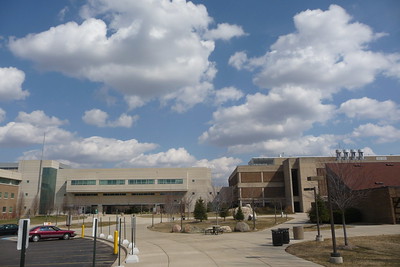Among the seemingly endless details that colleges and universities have to account for before re-opening is COVID-19 liability. If a college or university holds in-person classes, and a student or staff member becomes ill – or worse, dies – is the school liable?
COVID-19 liability has already caused some schools like Cal State University to go all-online for the fall semester. Others – like Purdue University – are willing to face the potential legal slings and arrows to hold in-person classes. Colleges usually attract students in the lowest-risk age groups. But staff and faculty are also part of the COVID-19 liability equation.
Can an employee – like a custodian, for example – sue an employer after contracting COVID-19? Is COVID-19 a work-related illness for worker’s compensation purposes? And what about students? If a student must come to class in person and contracts COVID-19, can the student sue? Should the college put employees at high risk of complications on leave if they cannot work from home?
COVID-19 liability could be far-reaching
The question isn’t a trivial one. Some school somewhere is going to get sued for this. Michigan law currently shields some healthcare professionals from liability, but schools have no such protections. Research now shows a definitive link between time spent in an enclosed place and the risk of getting sick. Your chances of contracting COVID-19 during a 30-minute trip to the grocery store are fairly small. But the grocery clerk – who spends 8 hours at the store – is at a high risk for contracting the virus.
Similarly, the student who spends an hour or two in a lab is at a lower risk than the instructor, who may be in the same room for 6-8 hours in one day. A custodian, who spends 8-10 hours per day in multiple rooms – or multiple buildings – may be at an even higher risk. At this point, the unions representing the faculty should be less worried about passing out virtual high-fives for getting Winter and Spring classes online and more worried about the risks their members will take by teaching in-person.
What can WCC do to limit liability
So, what can the school do to limit its COVID-19 liability? COVID-19 screenings and testing for people who come to campus must figure into a mitigation plan. Limiting the number of people in a classroom, limiting or rotating classroom use, deep cleaning classrooms and making every person sign in and out (or swipe in and out) of their classrooms every day to simplify contact tracing has to be part of the plan. The first floor of the Student Center Building needs to remain closed.
Having a health clinic on-site – even a temporary one – would help. Perhaps WCC limits the amount of time each week a student, faculty member or staff person is allowed to be on campus each week? Providing adequate PPE for faculty, staff and students throughout the semester is a necessity.
Perhaps now is the time to bring food trucks to campus. It would discourage screened students and staff from leaving campus between classes by providing food service. Most food trucks don’t operate during the winter, so the College would have to make some accommodations for them if WCC expects food service in February.
Shifting the semester start and end dates to avoid flu season is worth considering. Keeping most people off campus in December and January can help avoid a lot of incidental transmission of both the flu and COVID-19. Additionally, allowing students to complete course requirements outside of the standard semester schedule can help discourage students from coming to campus if they fall ill during the semester. Encouraging students to accelerate lab work early in the semester whenever possible can also help decrease the number of students on campus later in the semester as flu season approaches.
Photo Credit: Rex Roof , via Flickr














